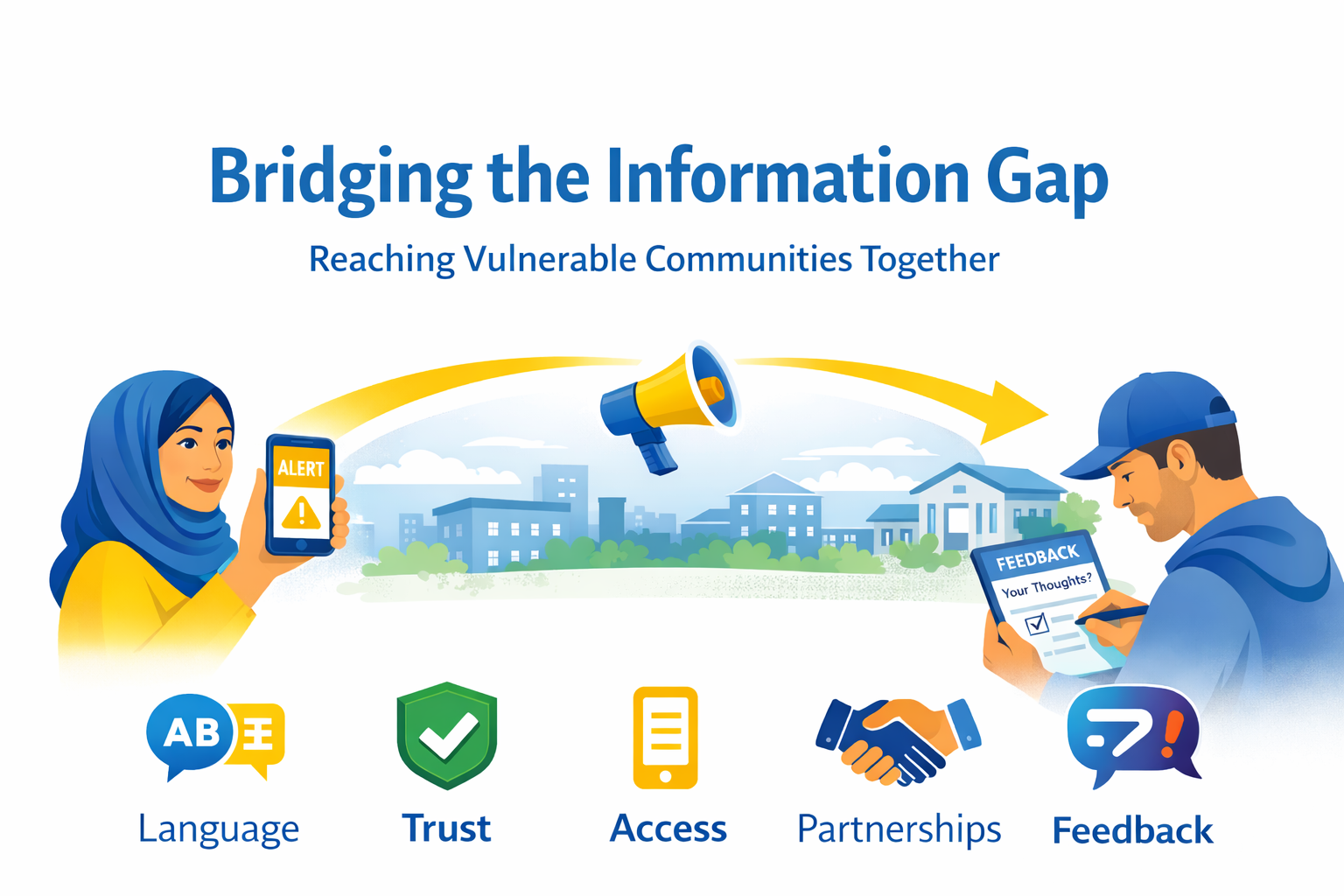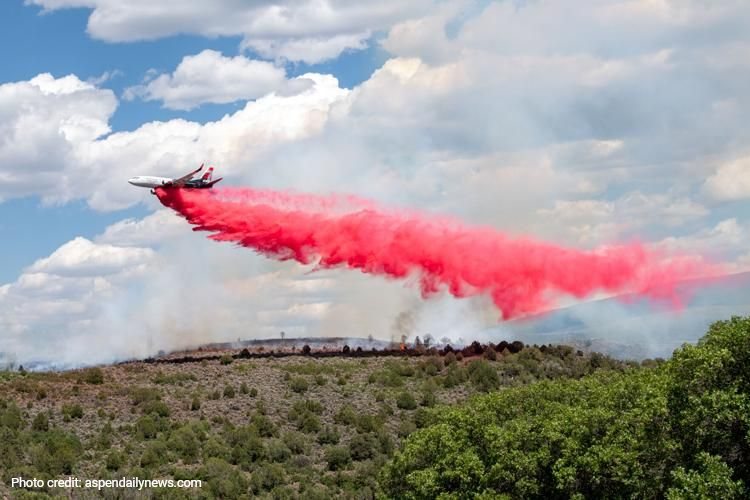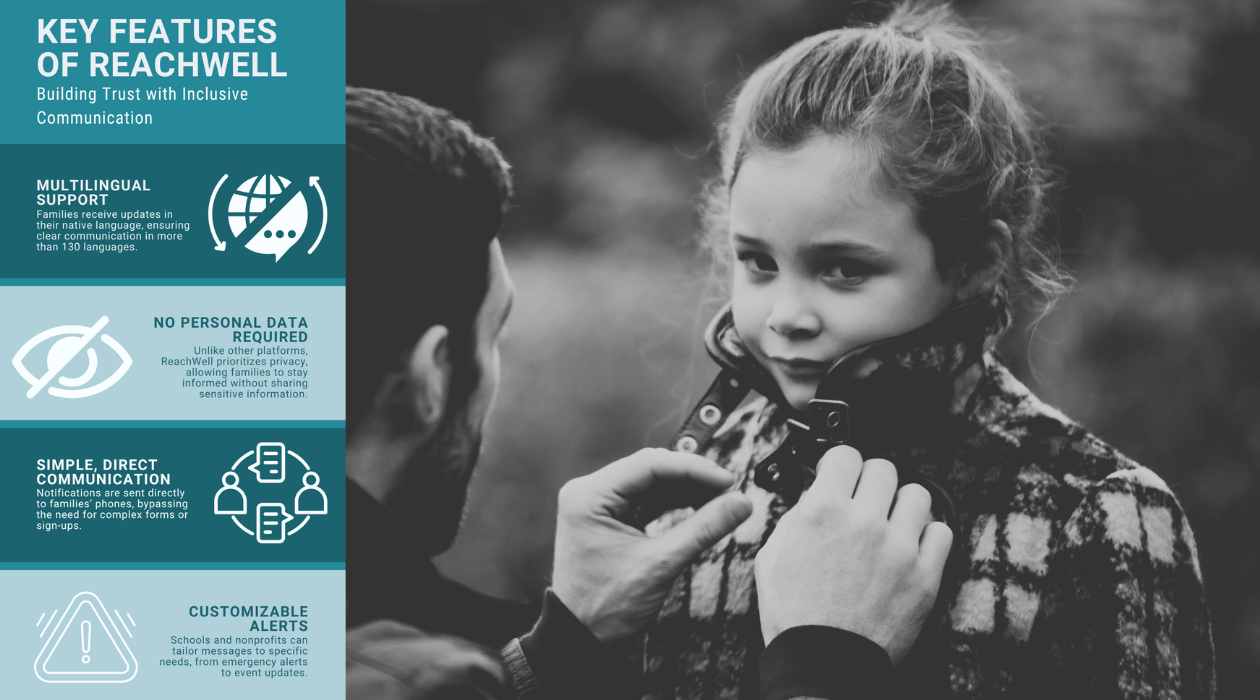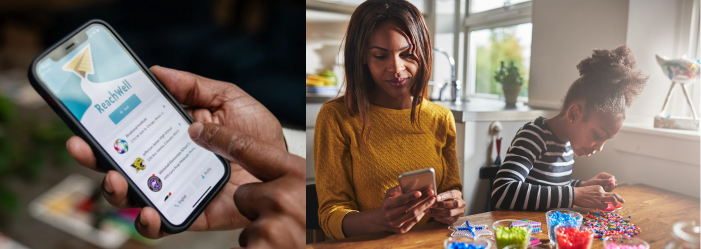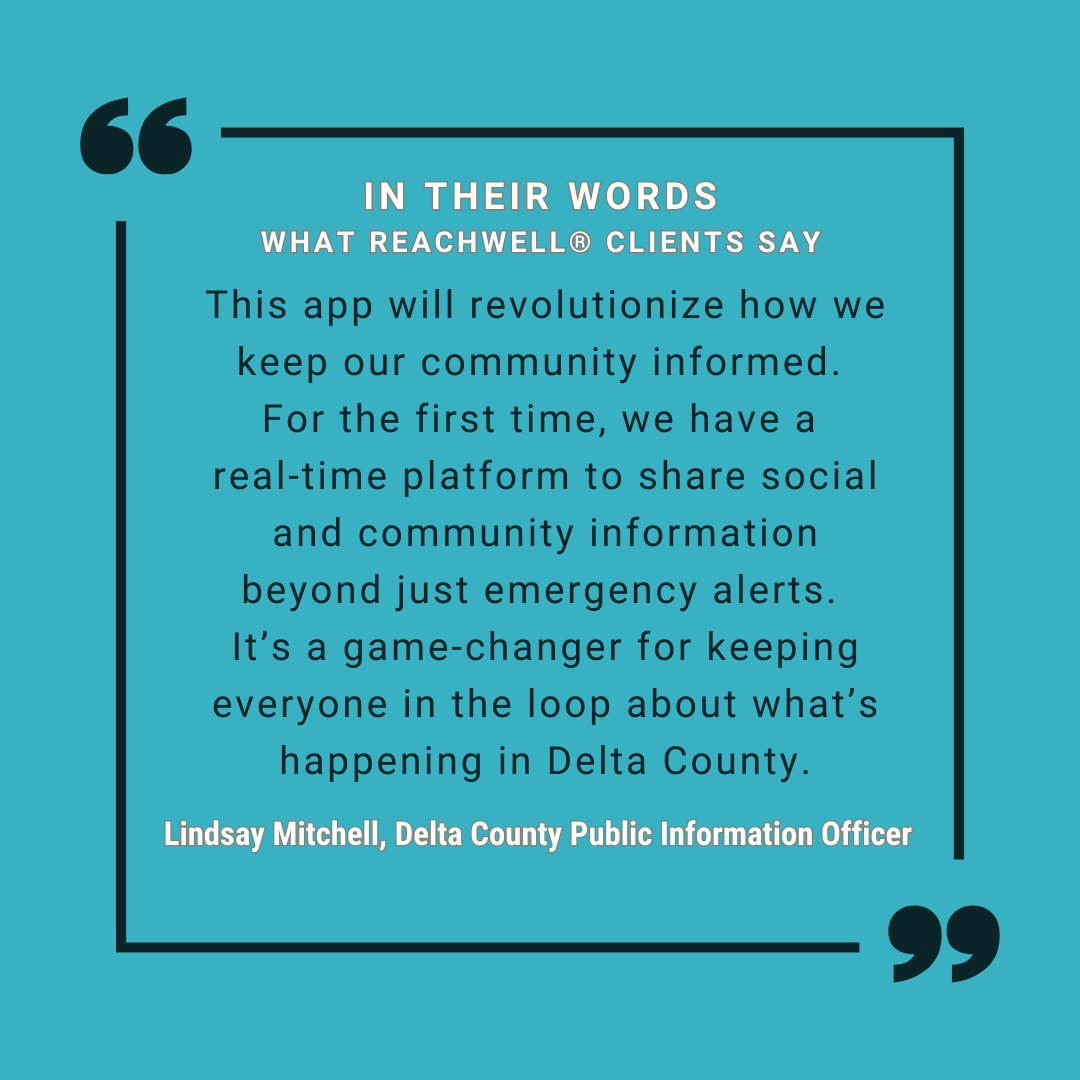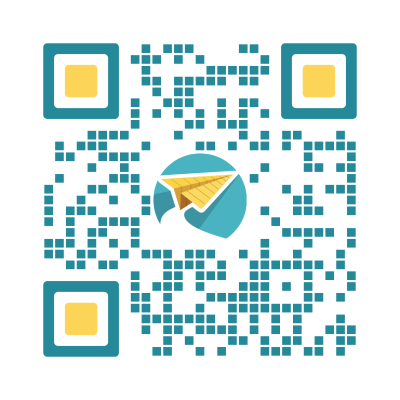Five High Impact B2S Engagement Tips
We’ve gathered the highest impact activities to kick off the new year from hundreds of families and community engagement experts

Across the Flyer Connect network, we’ve gathered the highest impact activities to kick off the new year from hundreds of families and community engagement experts. Here are five tips we have for schools and districts planning their back to school night and other family engagement activities.
1. Family community partnership is a priority
Family engagement is a top factor that predicts student success1. Pursue a partnership with families to increase student achievement at your school.
Make it known and make it heard. Incorporate your family engagement mission at all levels of presentations and family facing activities.
Share how families should expect to receive communication and share feedback. Ex: School news goes out Thursdays via the app and email, District news goes out Fridays via the app and email. Direct inbound feedback to the school main office. Direct learning feedback to teachers.
Share engagement opportunities and put them on the calendar. Ex: Conference dates, volunteer opportunities, celebrations.
2. Expect collaboration
Set the expectation that families and staff collaborate to support their child's learning.
Prior to day one (or at the first opportunity) begin collaboration by requesting families share a student brief about their child. Ex: How does your child learn? What subjects do they love/find difficult? What do they find fun? Basketball vs. Legos, etc.
Request guardians share other caregiver information in case the guardian isn’t available.
Share a Parent-Student Compact detailed expected responsibilities of the guardian, the student and the teacher. Ex: Build a compact in Flyer Connect for parents to sign digitally and upload to a Google sheet.
3. Schedule home visits
Home visits provide a unique insight in students’ home life and can guide the best use of resources and tiered support.
Within the first 90 days encourage staff to schedule home visits with families. Ex: Families can choose from available times on their app and share specific information privately.
Build a PD session for your staff as to how to conduct home visits. Resource
Track completed home visits to measure how they impact students’ achievement.
4. Share daily class schedules with families
Families need timely prompts to engage their students. “What happened today?” versus “What happened in Algebra?” get completely different responses.
Share syllabuses, LMS calendars and school calendars via paper as well as an app. Ex: Sync your Flyer Connect app with Google Classroom, Canvas, and sports scheduled to give families a custom all-in-one view.
Notify families of additions and changes to the calendar.
Maintain the calendar at least once a week.
5. Deliver Family Learning Guides
Untangle and decipher the complicated grading scales, behavior reports, attendance reports and missed assignments. Empower families to advocate for their children.
Guide families through grading scales such as GPA, Grade Level and letter scales. Explain the impact/opportunities for each.
Set behavior and attendance expectations and goals.
Provide families with links to curriculum support sites to help students at home.
Provide guides to good study habits and create good spaces for learning.
Provide an app that incorporates specific and general recommendations to support individualized learning.
Take advantage of this valuable moment to set you, your students and families up for a successful year!
https://www.ascd.org/el/articles/the-power-of-parentalexpectations&sa=D&source=editors&u...




